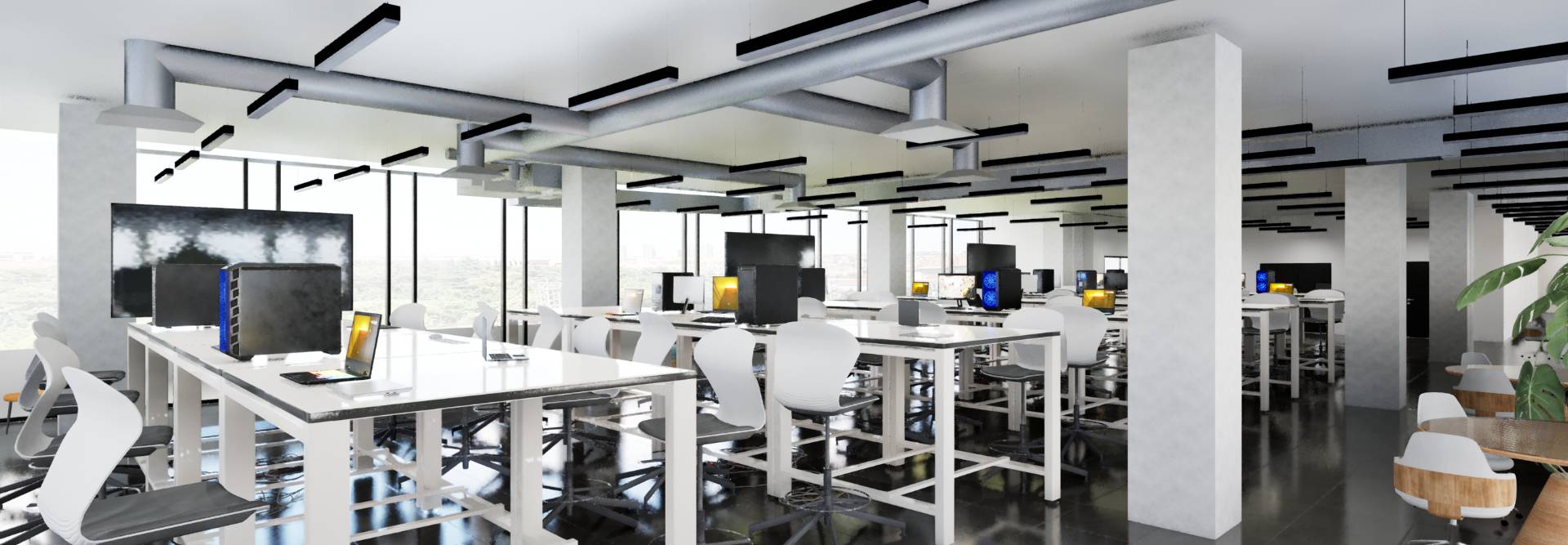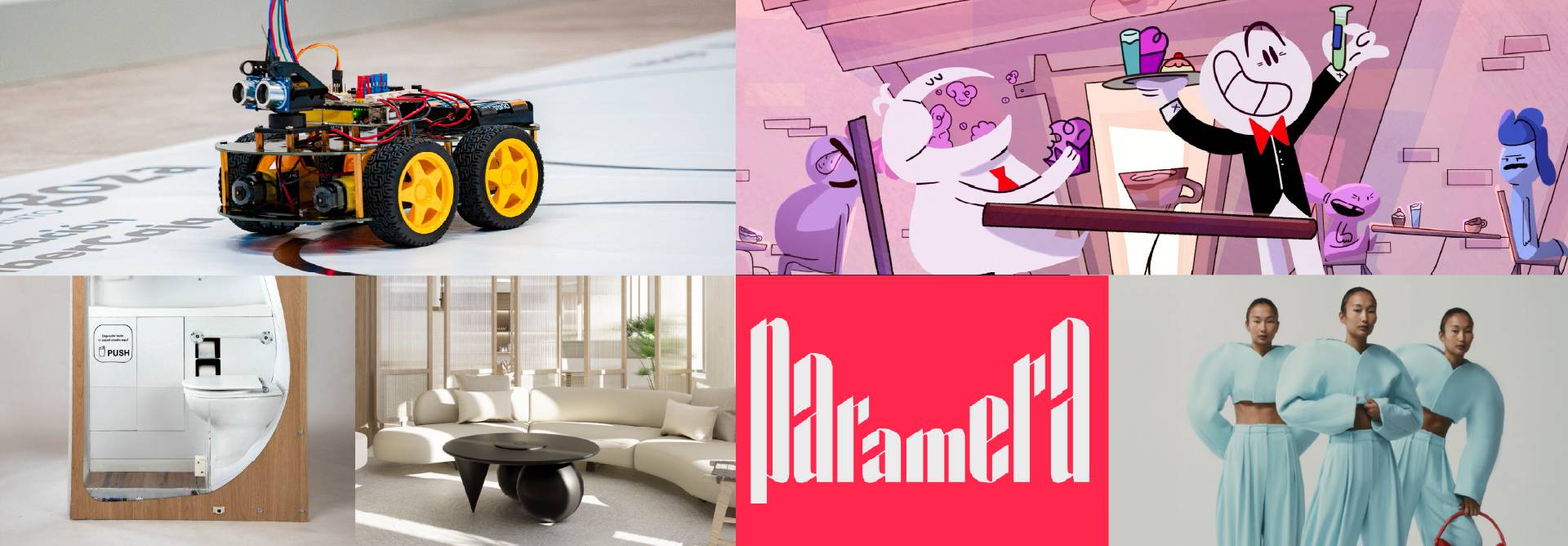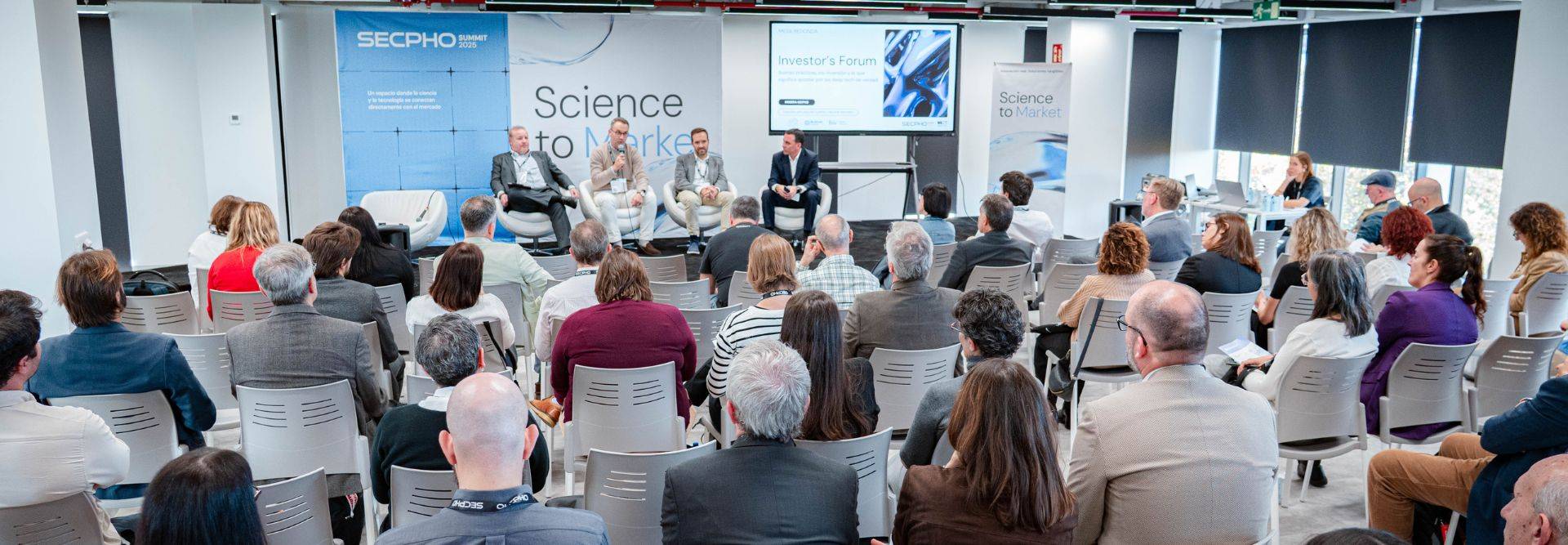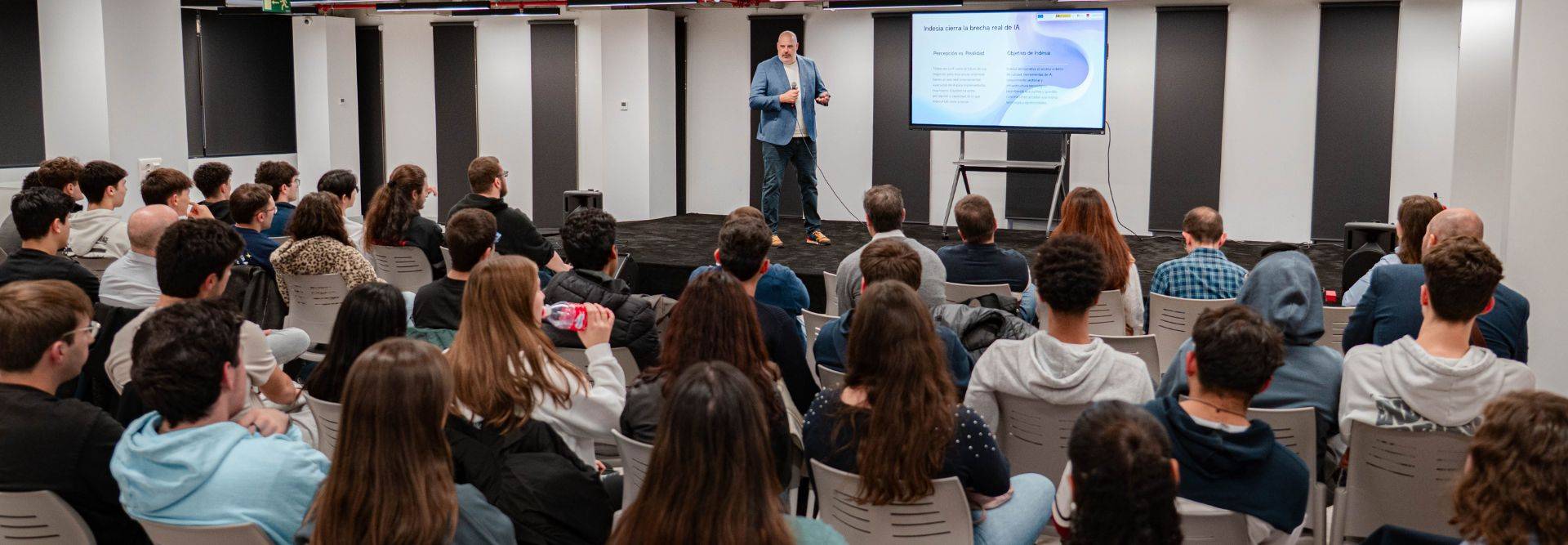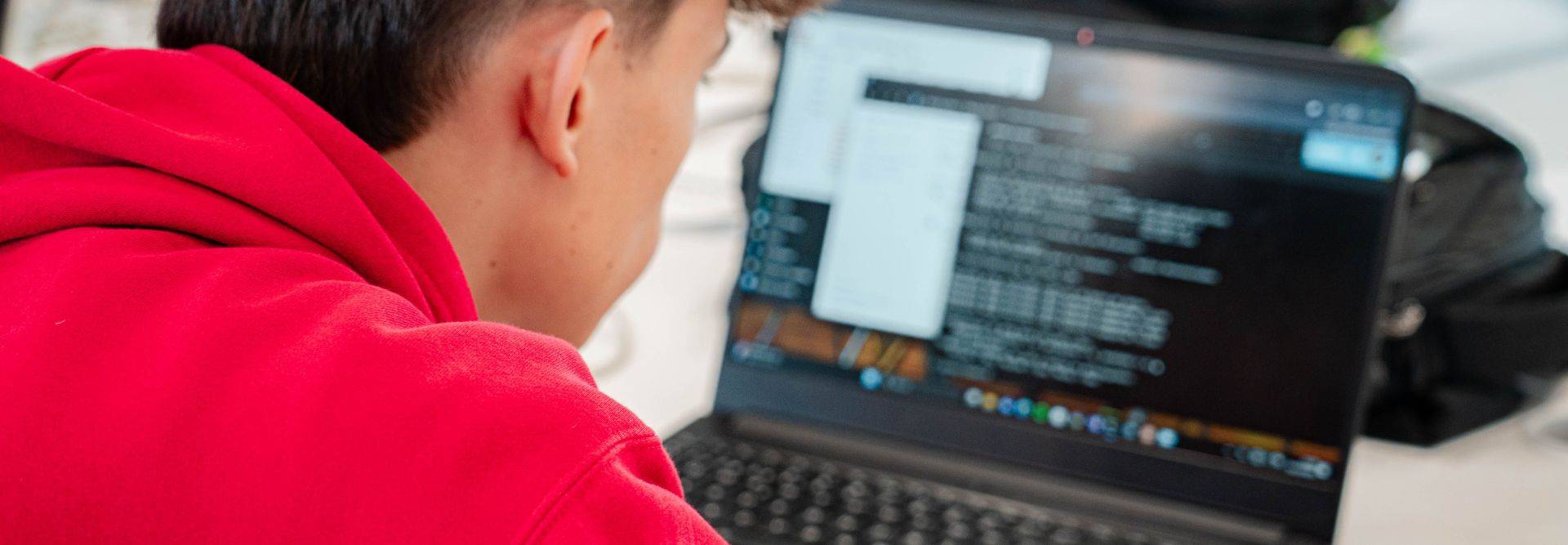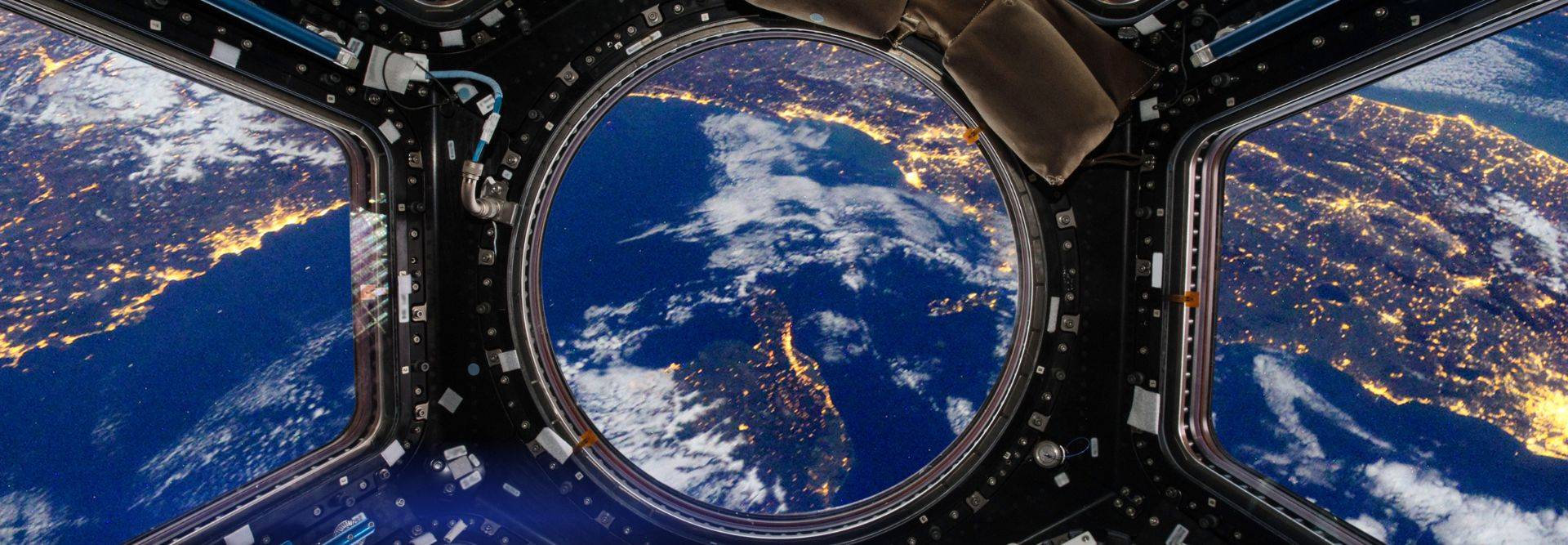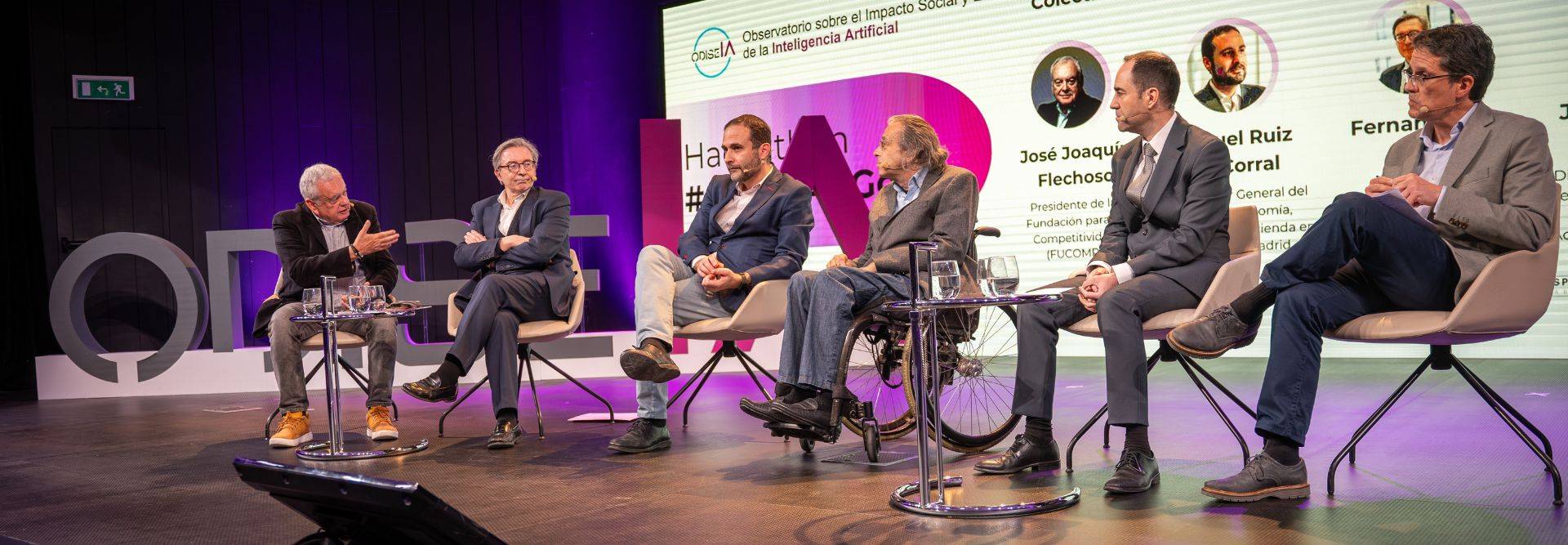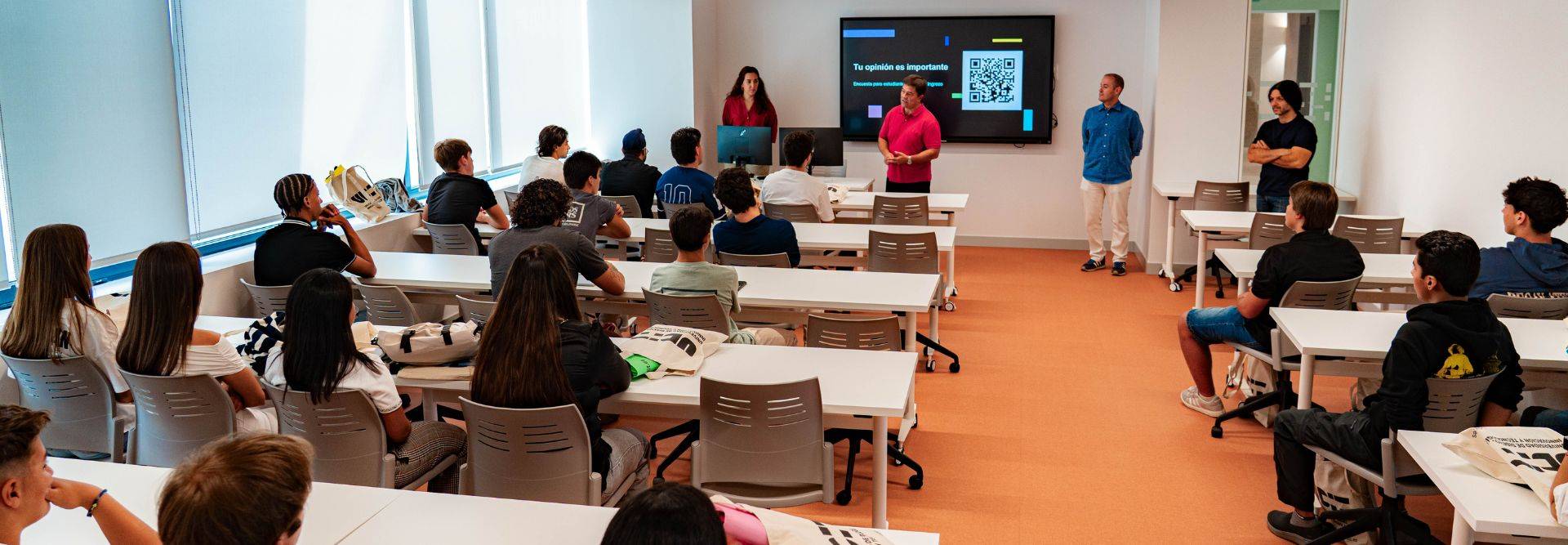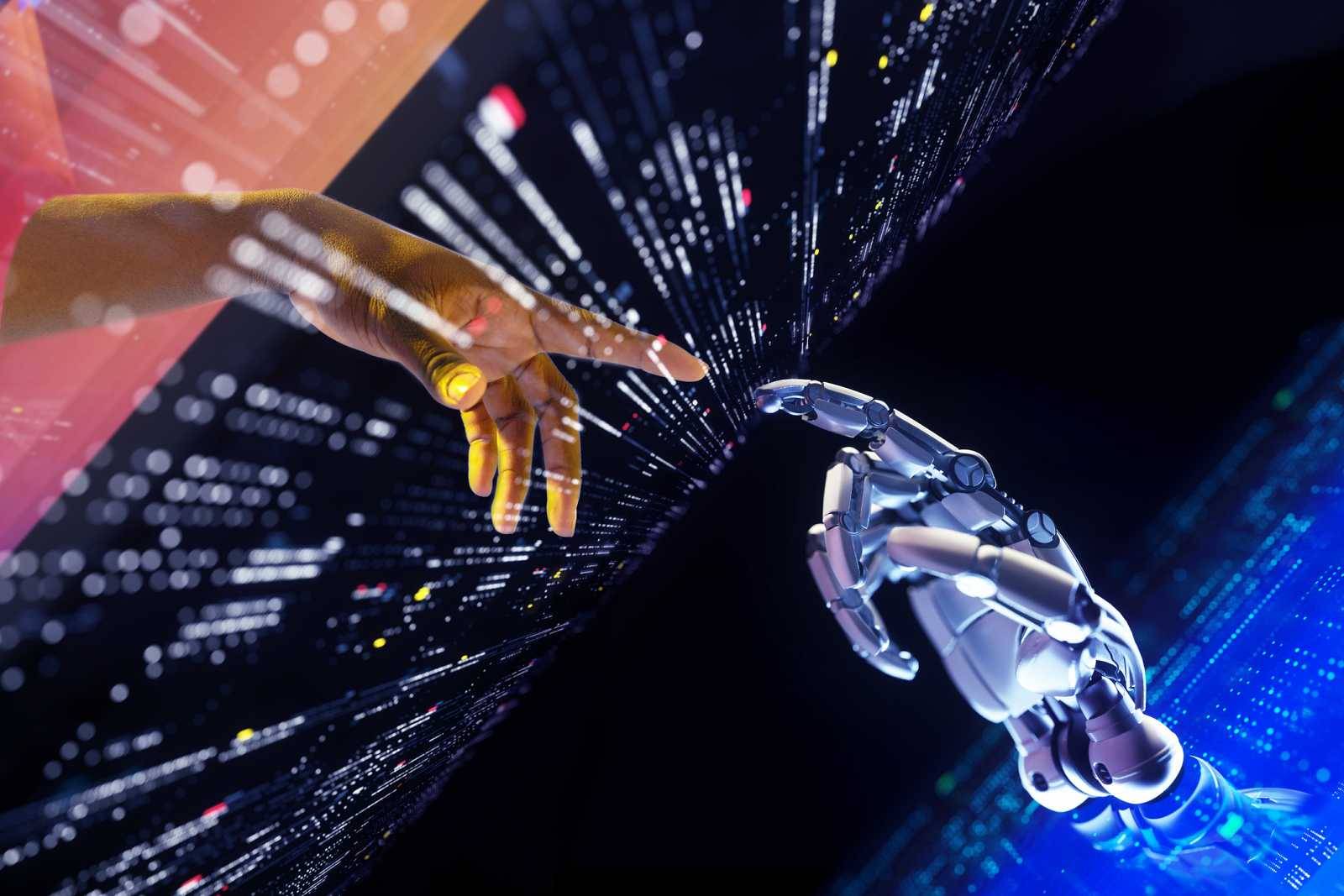UDIT presents the virtual twin of its new Technology, Innovation and Applied Sciences Campus
A few weeks ago, the Vatican and Microsoft unveiled one of the most ambitious digitalisation projects of recent years: the development of a digital twin of St. Peter's Basilica, so that anyone can access an exact replica of the church without leaving home.
Earlier this year, Fujitsu announced a technology that uses LiDAR and AI to acquire high-resolution 3D mapping data to create digital twins of different seabeds, and institutions are already considering the possibility of creating digital twins of the entire planet. But such projects need not always be so complex.
We find digital twins in all kinds of sectors: companies such as Siemens use this type of technology to optimise production lines in their factories, Caterpillar uses them to optimise the performance of its excavators and in the academic field, Stanford University uses a digital twin to simulate the impact of possible reforms in its facilities.
In this context of technological innovation, UDIT (University of Design, Innovation and Technology) is taking a step forward by presenting the first version of the digital twin of its new Campus for Technology, Innovation and Applied Sciences.
From UDIT to the metaverse
The first version of this innovative Digital Twin of UDIT, promoted from the new Campus of Technology, Innovation and Applied Sciences, has been developed with Unreal Engine by the company The Cliff, founded by Jonathan Castro, a student of the Degree in Design and Development of Video Games and the Master in Artificial Intelligence of UDIT, incorporating in its development students of the same degree, as well as of the Higher Cycle of 3D Animations, Games and Interactive Environments.
This twin is an exact replica of the campus where visitors can walk among the classrooms, "inspect" the offices or discover the secrets of the ProtoSpace, a unique space of more than 1,500 square metres where students of UDIT's bachelor's and master's degrees in technology can work with cutting-edge equipment to set up all kinds of projects.
In its next versions, led by David Alonso, Director of the Departments of Technology and Video Games and Animation, the digital twin of the new campus will begin to have real-time connectivity with the building's facilities, so that teaching staff, students and researchers will be able to access real-time data such as the level of consumables in the different machines in the ProtoSpace (robotic arms, laser cutters and engravers, CNC milling machines, welding ovens, thermo-forming presses, 3D printers...), or the status of the machines in the ProtoSpace, which will be available in real time.) or the state they are in.
Furthermore, it is planned that in the near future the replica of the campus will reach the Fortnite metaverse, so that different playable experiences can be generated, making it attractive for students, video game design professionals and the general public.
As Javier Pascual Soriano, Director of the International Campus of Technology, Innovation and Applied Sciences at UDIT, explains, "the Digital Twin that we have created for our new campus was born with the vocation of becoming a benchmark within the Spanish industry 5.0, bringing together in a single system all the capabilities of photorealistic 3D representation, physical simulation and bidirectional connectivity in real time with sensors, actuators and large machines that make up the current state of the art. Our desire is to share our advances in these fields with all the companies and institutions that are increasingly devoting part of their research and resources to optimising processes, improving safety and enhancing the scalability of their industrial operations.
Digital Twins: the future of Industry 5.0
The irruption of digital twins has become a before and after for companies, especially in the case of what is known as industry 5.0.
These virtual replicas, which simulate a product, an industrial process or even an entire building as in the case of UDIT's Campus of Technology, Innovation and Applied Sciences, make it possible to integrate all kinds of data captured in real time from IoT sensors and other devices connected to the physical assets involved in any process.
This enables intelligent analysis and complex simulations to understand how a given system would respond in different scenarios, such as production in a factory, supply chain management in a large retailer or traffic management in a smart city.
To make this possible, the data integrated in these digital twins is analysed using Artificial Intelligence and Machine Learning algorithms, which helps companies to detect potential problems in the initial stages of product development, to analyse variations in manufacturing processes before implementing them in production, or to build predictive models that anticipate failures and optimise the performance of any system.
According to industry estimates, the use of digital twins could increase business revenue by almost $36 billion by 2025, in a growth that has been driven by the massive adoption of cloud technologies, IoT and Artificial Intelligence.

